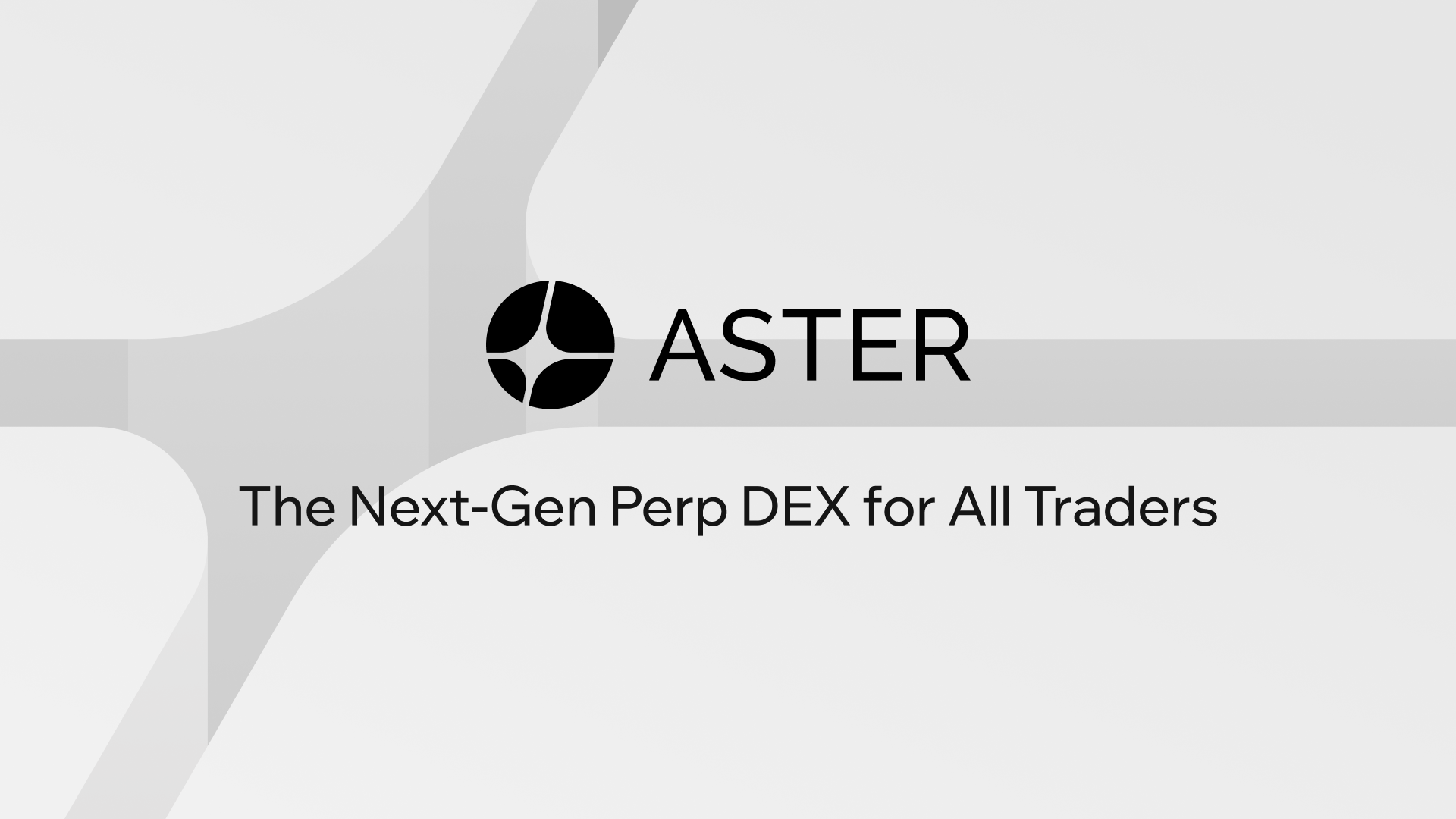Whoa! I remember the first time I swapped on a parachain DEX — gas fees were whisper-quiet compared to Ethereum. My instinct said this would be huge. Seriously, somethin’ about instant finality and low tx costs hooked me right away. At first I thought it was just another cost-savings angle, but then I watched arbitrageurs and market makers move in, and the order book behavior changed in ways I didn’t fully expect. On one hand, lower fees make retail traders happy; on the other, they reshape liquidity incentives, though actually the bigger shift is governance power redistribution across token holders.
Okay, so check this out — governance tokens aren’t just vanity badges. They’re levers. They direct protocol parameters, fee curves, and even incentive programs. Hmm… that’s a lot to hand to a DAO, I know. Initially I worried about voter apathy and plutocracy. But then I realized that well-designed tokenomics can nudge participation: fee rebates, time-locked staking rewards, and on-chain reputation systems make a difference. And yes, I’m biased, but good incentives matter more than slick UI alone.
Here’s what bugs me about many DEX threads: everyone talks about APY and impermanent loss like they’re reading a menu. They rarely map those to governance decisions that actually change the menu prices. Short sentence to break pace. The nuance is this — when governance can tweak fee schedules, a DEX with low baseline fees can still sustain liquidity by allocating governance-controlled rewards dynamically, which means token holders aren’t just spectators; they can steer the runway during market drawdowns. That is, governance tokens become the protocol’s emergency toolkit as much as they are profit-sharing instruments.
Let me be clear — low fees alone won’t guarantee volume. Liquidity depth and cross-chain bridges matter too. I once set up a temporary LP position on a Polkadot DEX experiment, and volume spiked not because fees fell but because a popular stablecoin bridge landed support, which reduced slippage for market makers. There’s a domino effect: bridges reduce friction, low fees reduce marginal cost, governance aligns incentives, and traders win. The sequence matters — and the ordering can be counterintuitive.

How governance tokens reshape fee economics
Think of governance tokens as both thermostat and checkbook. They let stakeholders adjust the fee thermostat to balance user demand and LP returns. Short one. On Polkadot, parachain architecture gives projects cheap settlement and near-instant finality, which compresses the whole cost equation compared with legacy L1s; this structural difference changes the marginal benefit of each fee basis point in a way that traders and treasury managers should model explicitly. Initially I viewed governance mainly as symbolic, but with dynamic fee mechanisms it becomes monetary policy — albeit decentralized and messier.
Check this out — some teams split governance rights across multiple axes: protocol parameters, incentive allocation, and grant-funded dev ops. That prevents single-point fail modes, though actually it can slow down decisions when market windows are tight. My gut told me speed would be sacrificed, but smart time-locked multilevel voting (with emergency bypasses) can reconcile the need for nimbleness and safety. It’s not perfect. Nothing is. Yet it’s better than handing unilateral control to a single multisig that disappears into a black box.
If you’re hunting for a pragmatic Polkadot DEX with those properties — low fees, active governance, and a path for LPs to be heard — take a look at the aster dex official site for a concrete example of how teams are structuring token rights and fee mechanics. You’ll see mechanisms for fee rebates tied to governance votes, and some interesting treasury allocation models meant to subsidize early liquidity without diluting governance too fast. I’m not shilling; I ran through their whitepaper and governance proposals and there are legit trade-offs discussed openly. (oh, and by the way… I have notes.)
Liquidity providers should ask three practical questions. First: how are fees redistributed — to LPs, stakers, or treasury? Second: are governance votes quadratic or one-token-one-vote? Third: what are emergency controls for sudden outflows? Short burst. Answering these clarifies whether low fees will be sustainable or whether you’ll face slow leakage where LP rewards evaporate midway through a bear event. Traders often forget the tail risk of reward pools once token inflation peters out.
On a tactical level, here’s a playbook I use. One: prioritize DEXes with transparent on-chain governance history — proposals, voting turnout, and timelocks. Two: simulate fee shocks — model the impact of a 50% volume drop on LP APR assuming current treasury buffers. Three: watch bridged assets — real volume follows low-slippage rails, not hype. Short exhale. These steps aren’t glamorous but they matter when market stress tests the design.
I’m not 100% sure about everything. Some questions linger. For example, will governance turnout remain high once early yields ebb? Or will token concentration reassert control? I suspect a mix: pockets of active civic-minded holders will keep things running for quality projects, while others will slowly ossify. There’s no universal answer, though there are patterns — projects that reward active governance participation with incremental perks tend to retain healthier engagement.
FAQs
How do low transaction fees change trader behavior?
Lower fees reduce friction for frequent, small trades and allow finer-grained strategies, like more precise rebalancing for market-making bots. That said, spread and slippage still dominate large trades. Low fees help retail and algorithmic traders, but deep liquidity is the real limiter for big orders.
Are governance tokens good for long-term value?
They can be, if tokenomics align incentives between users, LPs, and long-term contributors. Long-term value depends on meaningful governance — not just voting on logos, but on fee policy, grants, and partnerships that grow usable volume. Badly designed governance can centralize or stagnate, so inspect token distribution, vesting, and on-chain governance track records.